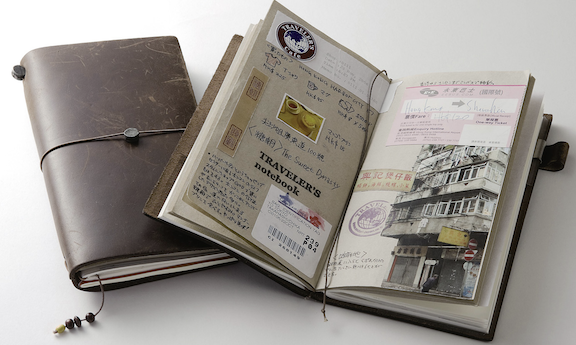I make my own Traveler’s Notebook and fillers — with limited success and lessons learned.
About two weeks ago, I blogged about my attraction to and doubts about the Traveler’s Notebook system. If you didn’t read that post and don’t want to, the very short story is this:
- Traveler’s Notebooks — originally by Midori, a Japanese company — combine a leather folder-like cover with inserts held in by elastic cords. They are highly flexible, allowing you to build a notebook with the components you need.
- Traveler’s Notebooks were wildly popular about 10 years ago and still have an almost cult-like following among people who journal or take notes on the go.
- Traveler’s Notebooks are relatively expensive to set up, but YouTube has dozens of DYI videos to teach you how to make your own.
- I decided to make my own, following the very detailed instructions in a specific video.
And that’s where I left off. I’ve since made the notebook and started using it. Here’s what I’ve learned.

